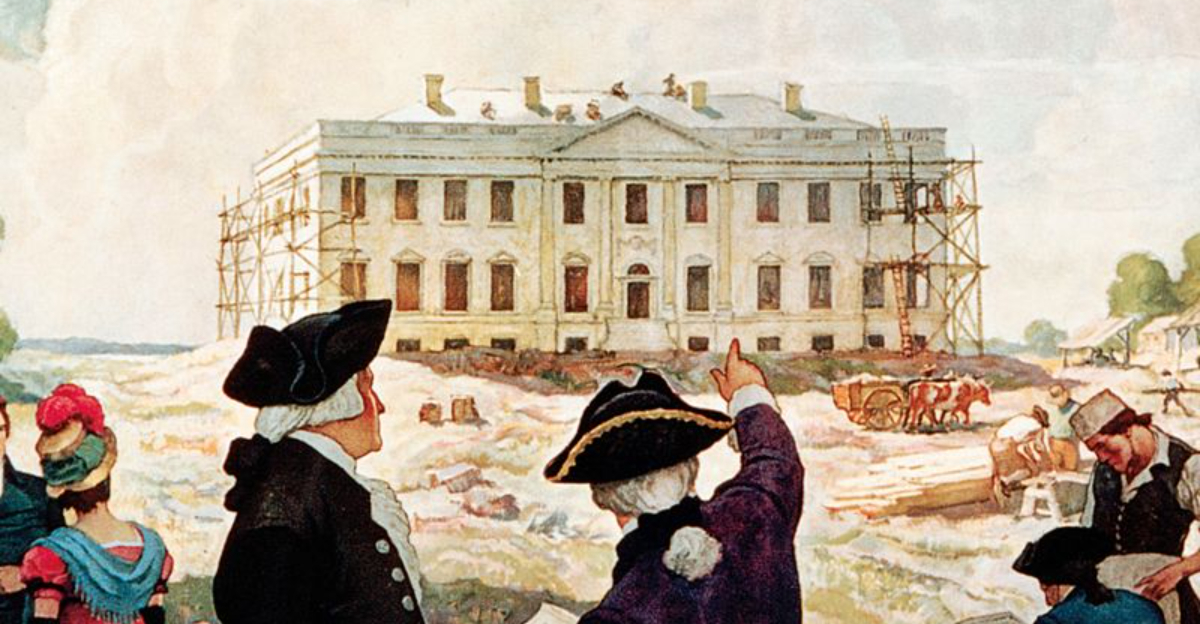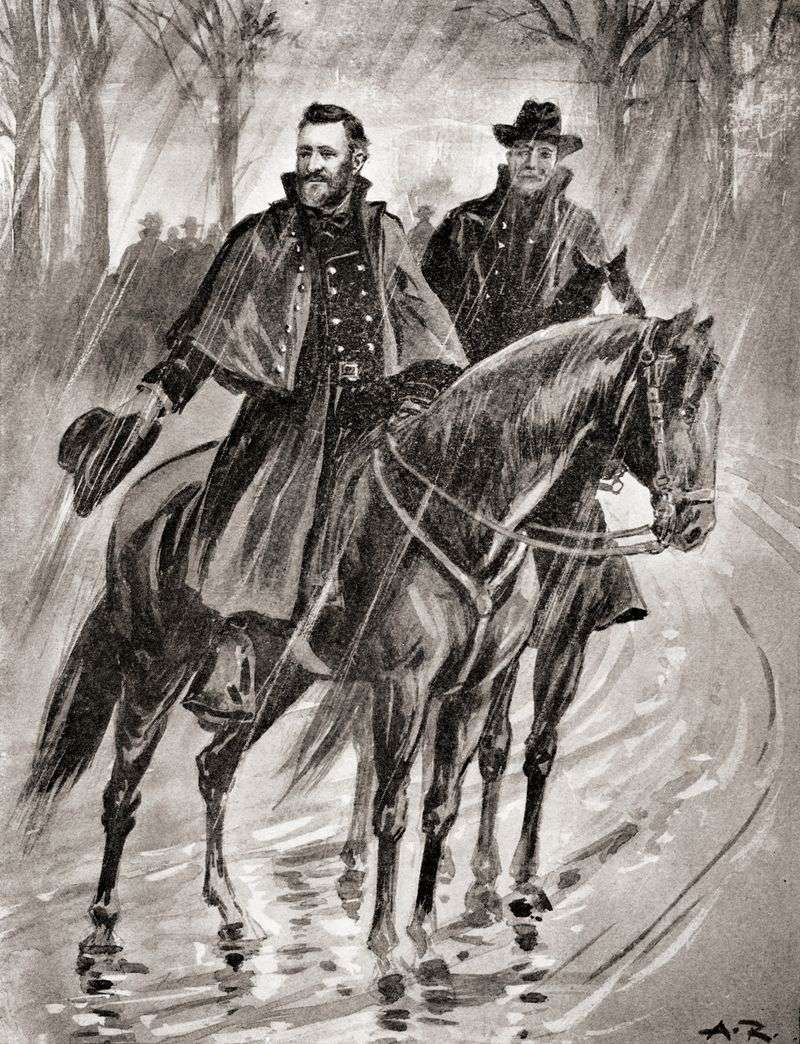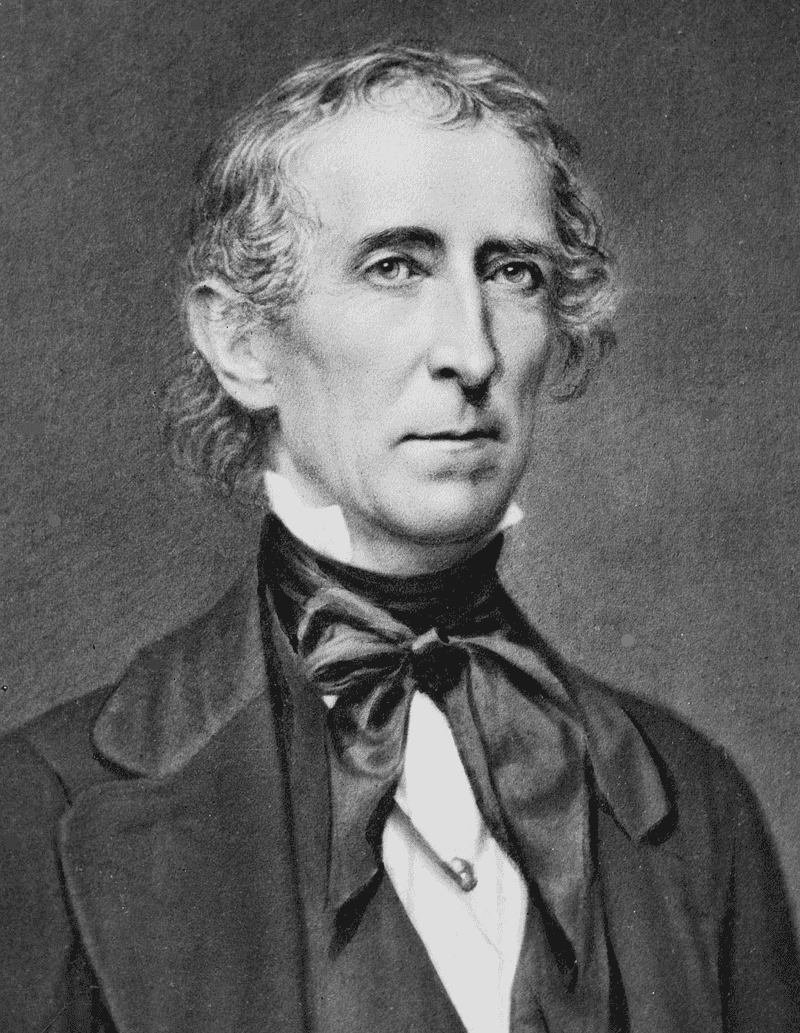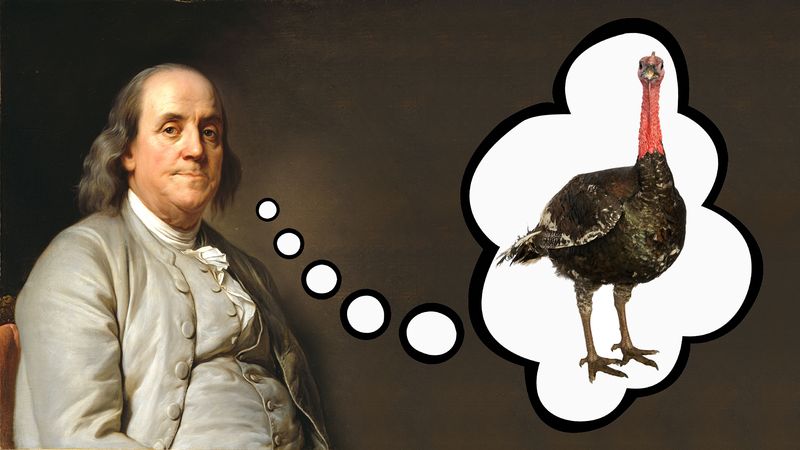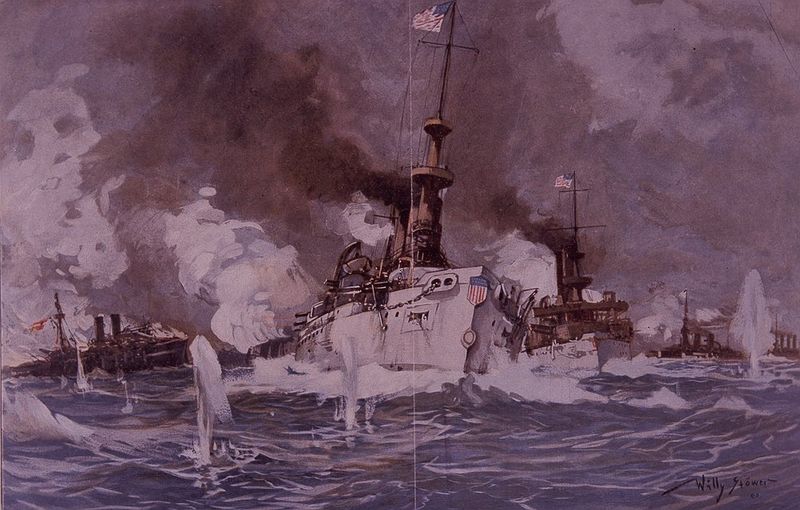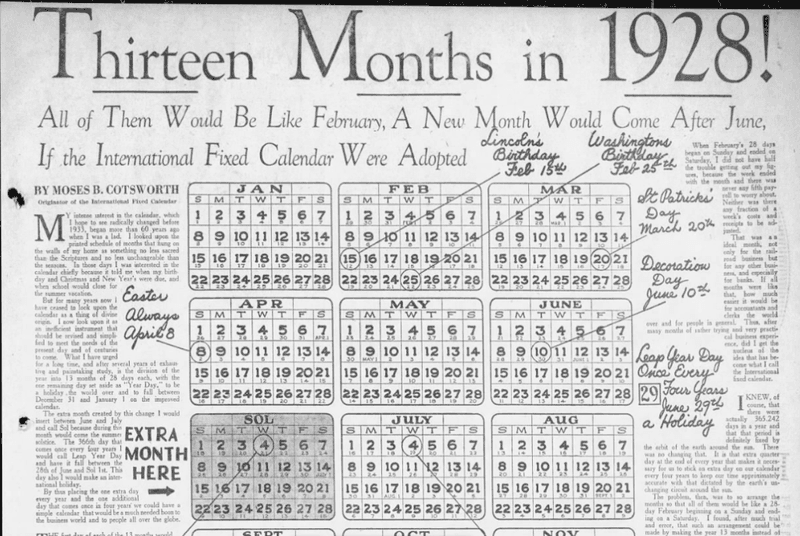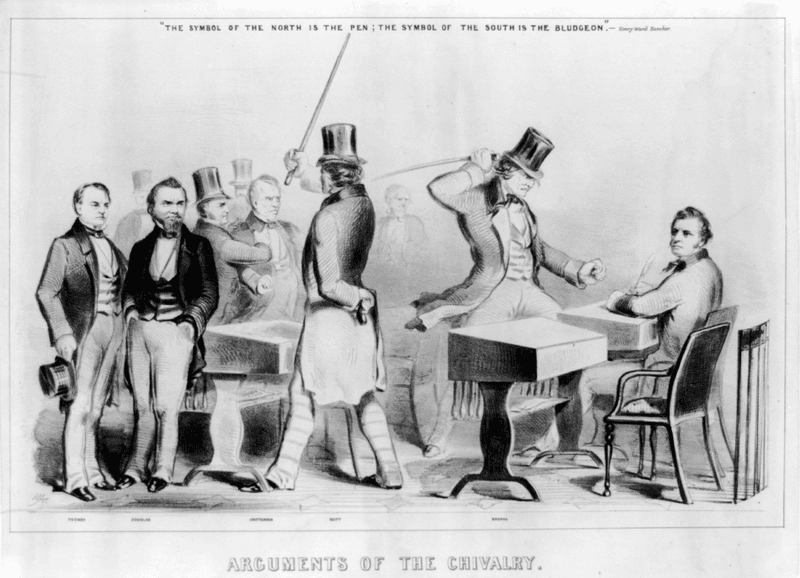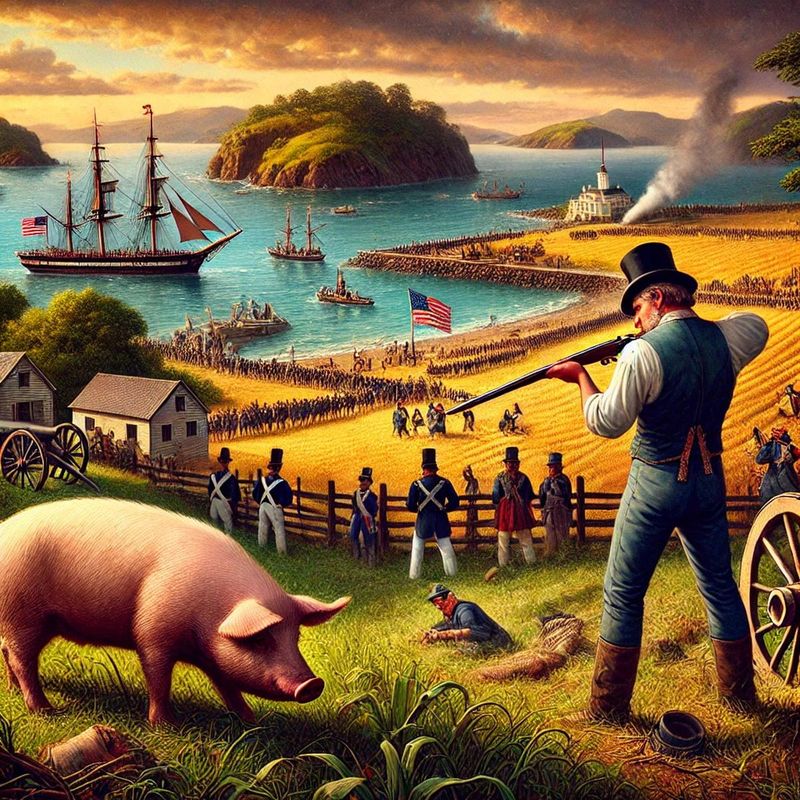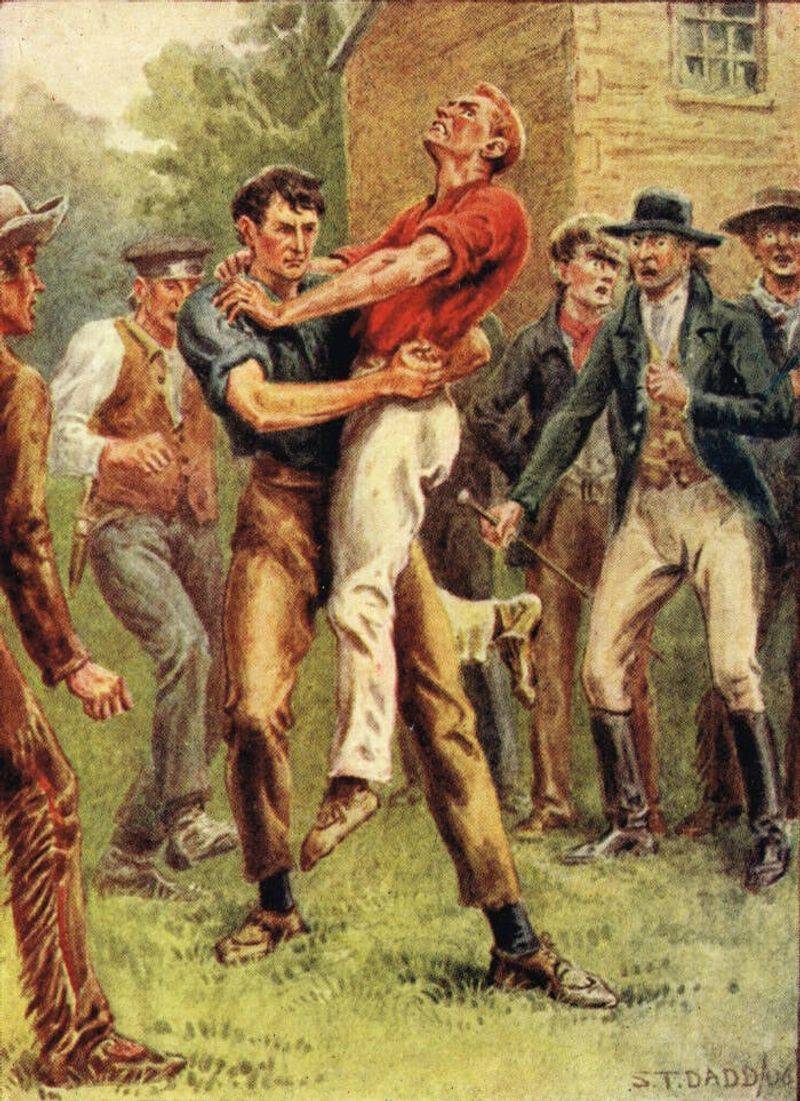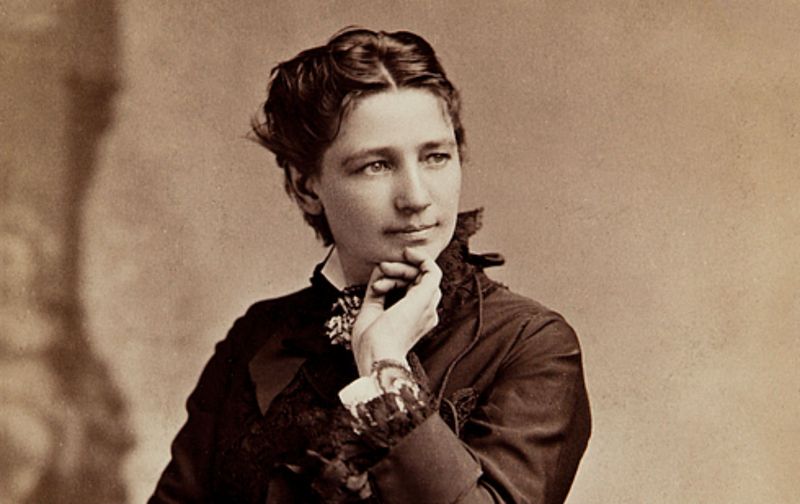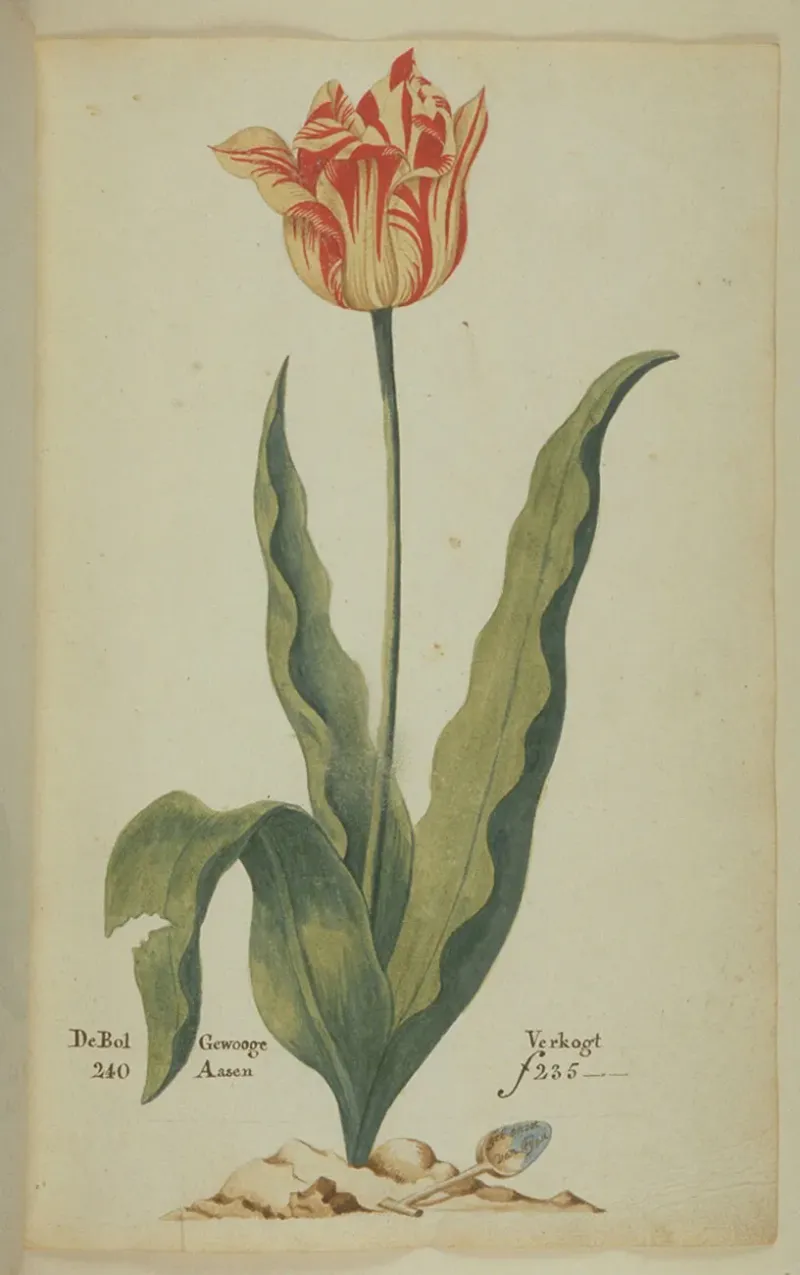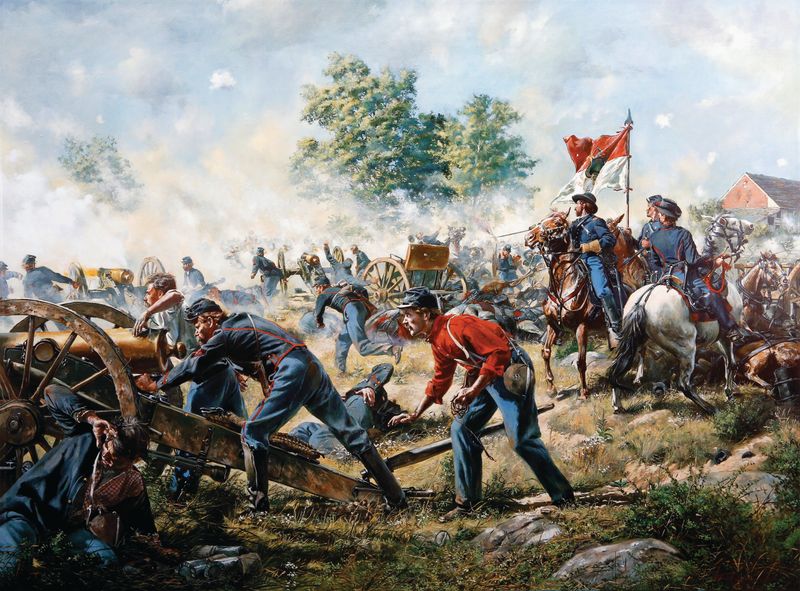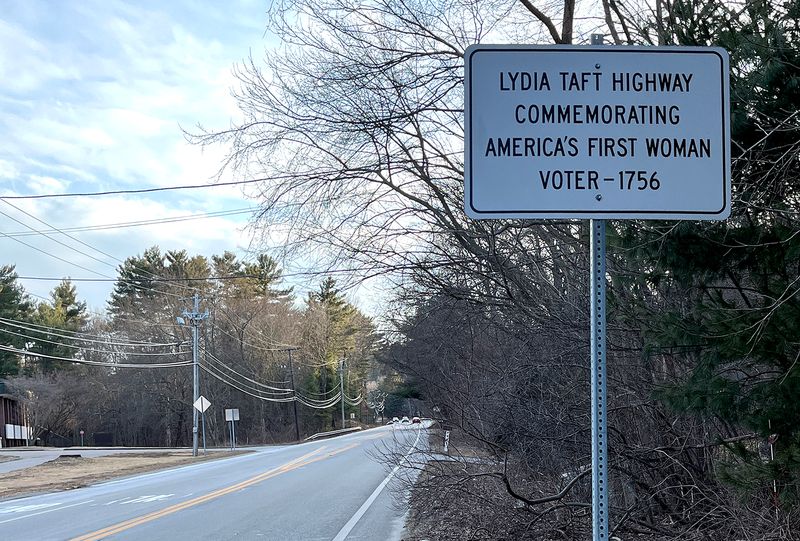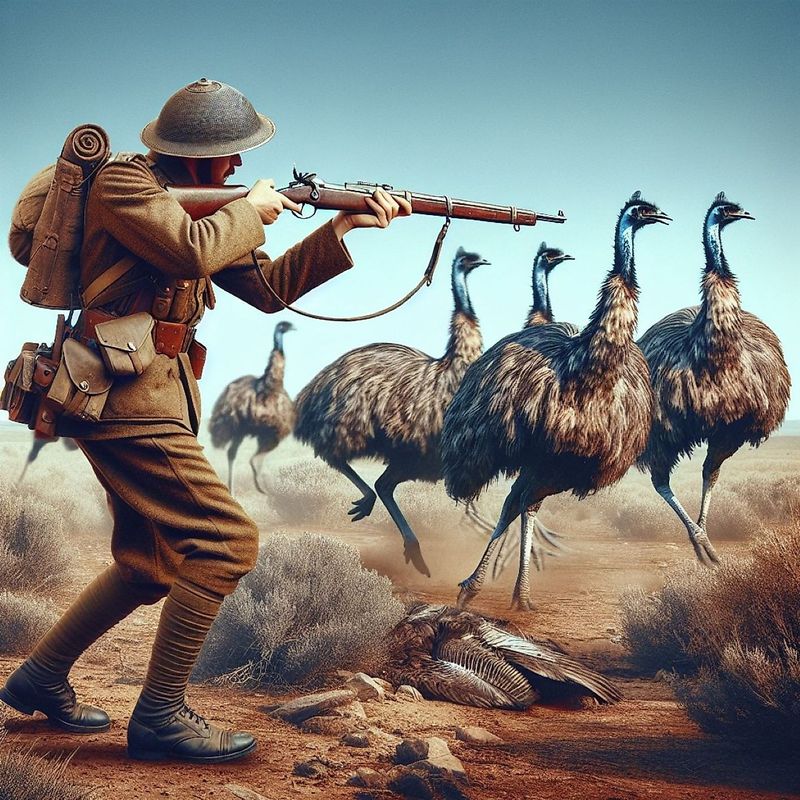American history books often skip the most fascinating parts. Beyond the famous battles and presidential speeches lies a treasure trove of bizarre incidents, quirky characters, and strange decisions that shaped our nation. These overlooked stories reveal a wilder, weirder side of America’s past that most history teachers never mentioned. Get ready to discover some truly unexpected moments from our national story!
1. Presidential Speed Demon
Imagine the Commander-in-Chief himself getting pulled over! In 1872, President Ulysses S. Grant faced justice after racing his horse-drawn carriage through Washington D.C. streets at dangerous speeds.
The officer who stopped him had no idea he was ticketing the President of the United States. Grant was fined $20 (about $450 today) and accepted his punishment without complaint.
This wasn’t just a one-time incident. Grant had a reputation as a skilled horseman who enjoyed pushing the limits, regularly racing his horses through the capital’s streets with little regard for pedestrians or speed limits.
2. The Accidental President Who Joined the Enemy
When William Henry Harrison died just 31 days into office, John Tyler became America’s first unelected president. Congress and citizens mockingly called him “His Accidency,” believing he should merely be a caretaker rather than a true president.
Tyler boldly claimed full presidential powers anyway, setting a crucial precedent for future succession. What’s truly shocking, though, is his later betrayal.
After his presidency, Tyler was elected to the Confederate Congress during the Civil War, becoming the only former president to formally abandon the United States and join an enemy government. He died before taking his seat.
3. Ben Franklin’s Turkey Obsession
America’s national bird almost waddled instead of soared! Benjamin Franklin despised the bald eagle, believing it had “bad moral character” and survived by stealing food from harder-working birds.
In a 1784 letter to his daughter, Franklin passionately advocated for the wild turkey instead. He praised the turkey as “a much more respectable bird” and “a true original native of America.”
Franklin argued that turkeys were courageous birds that would fearlessly attack any redcoat soldier who wandered onto their farm with a bright red uniform. Imagine if he’d won the debate—our national symbol might have been Thanksgiving dinner!
4. The 38-Minute War
Talk about military efficiency! The Battle of Santiago de Cuba in 1898 stands as the shortest major naval battle in American history, lasting just 38 minutes from start to finish.
American forces destroyed Spain’s entire Caribbean fleet without losing a single American vessel. Admiral Cervera’s Spanish ships were outgunned and outmaneuvered from the moment they left Santiago Harbor.
The lopsided victory claimed approximately 474 Spanish sailors’ lives while only one American died. This lightning-fast battle essentially ended the naval portion of the Spanish-American War, demonstrating America’s emergence as a global military power with shocking swiftness.
5. The Thirteenth Month That Never Was
Can you imagine a calendar with 13 months? In 1929, photography pioneer George Eastman of Kodak fame tried to make it happen with his “International Fixed Calendar.”
Each month would have exactly 28 days (four perfect weeks), with the 13th month named “Sol” squeezed between June and July. Eastman even implemented this calendar within his company for several decades!
The system promised to simplify accounting, manufacturing schedules, and comparison of business statistics. Despite support from other major corporations and serious consideration by the League of Nations, tradition ultimately prevailed, and our familiar but irregular 12-month calendar survived.
6. The Bloody Senate Caning
Political violence reached shocking heights on May 22, 1856, when Congressman Preston Brooks brutally attacked Senator Charles Sumner on the Senate floor. Brooks beat the anti-slavery senator unconscious with a gold-headed cane, continuing to strike him even after Sumner collapsed bleeding under his desk.
The attack came after Sumner delivered a fiery speech called “Crime Against Kansas,” which insulted Brooks’ cousin, Senator Andrew Butler. Sumner suffered severe head trauma and couldn’t return to his Senate duties for three years.
Far from facing universal condemnation, Brooks became a Southern hero. Supporters sent him dozens of replacement canes, some inscribed with “Hit him again!”
7. The International Pig Incident
A hungry pig nearly started a war between superpowers! In 1859, on San Juan Island (between present-day Washington State and Canada), an American farmer named Lyman Cutlar shot a British-owned pig that was eating his potatoes.
When Cutlar refused to pay the $100 demanded by the Hudson’s Bay Company, British authorities threatened to arrest him. American settlers called for military protection, and soon 461 American soldiers with 14 cannons faced 5 British warships carrying 2,140 men.
For 12 tense years, both nations maintained military camps on opposite ends of the island until international arbitration finally resolved the dispute. The only casualty in this absurd standoff? One unfortunate pig.
8. Honest Abe: Wrestling Champion
Before he preserved the Union, Abraham Lincoln dominated wrestling rings! Standing 6’4″ with unusually long, powerful arms, the future president was renowned for his wrestling prowess in New Salem, Illinois.
Lincoln reportedly won 299 matches while losing only once. His most famous bout came against local champion Jack Armstrong in 1831. When Armstrong resorted to illegal tripping, Lincoln grabbed him by the neck and suspended him in mid-air before slamming him to the ground.
Lincoln’s wrestling fame helped establish his frontier reputation for strength and fairness. In 1992, the National Wrestling Hall of Fame honored him as an “Outstanding American” in the sport.
9. The First Woman Who Ran for President (From Jail)
Victoria Woodhull shattered glass ceilings long before the term existed. In 1872—48 years before women could even vote—she became the first female presidential candidate, running on the Equal Rights Party ticket with Frederick Douglass as her running mate.
Her campaign hit a major snag when she was arrested for publishing details about a prominent minister’s extramarital affair. Authorities charged her with sending “obscene materials” through the mail, landing her in jail on Election Day.
A fearless advocate for women’s rights, free love, and labor reform, Woodhull faced vicious attacks from the press, who labeled her “Mrs. Satan.” Her revolutionary candidacy received zero electoral votes but opened doors future generations would walk through.
10. Manhattan’s Forgotten Tulip Craze
Before Wall Street existed, New Amsterdam (now New York City) experienced its own version of history’s first economic bubble. Dutch settlers brought their tulip obsession to the New World in the 1630s, trading bulbs like precious commodities.
Single exotic tulip bulbs changed hands for the price of luxury homes. The flowers became status symbols, with the most coveted varieties featuring flame-like streaks caused by a virus that eventually killed the plants.
When the bubble inevitably burst, many prominent colonial families lost their fortunes overnight. This early American financial disaster predated the famous Dutch tulip mania collapse by several years, yet remains largely forgotten in our economic history.
11. Slave Labor Built the White House
America’s most iconic building has a painful origin story rarely discussed in history books. Between 1792 and 1800, the U.S. government rented enslaved people from local slaveholders to construct the White House.
These skilled craftsmen—carpenters, stonemasons, and bricklayers—received no compensation for their labor. Their owners collected their wages while they performed the backbreaking work of quarrying stone, mixing mortar, and raising the walls of the presidential mansion.
Detailed payment records still exist showing government payments to slaveholders. In 2016, First Lady Michelle Obama publicly acknowledged this history during a Democratic National Convention speech, noting she woke up “every morning in a house that was built by slaves.”
12. The Soldier Who Fought for Both Sides in One Battle
Talk about a confusing day at work! During the Battle of Gettysburg in 1863, Union soldier Joseph Carter experienced perhaps the most bizarre 24 hours of the Civil War.
Captured early in the fighting, Carter was immediately pressed into service by the Confederates who desperately needed stretcher-bearers. Hours later, when Union forces overran that position, Carter was “recaptured” by his own side and returned to his original unit before the battle ended.
Carter technically served in both armies during a single battle—likely the only soldier with this distinction. His unique experience highlighted the chaos of Civil War battlefields and the sometimes fluid nature of loyalty during America’s bloodiest conflict.
13. America’s Secret Plan to Nuke the Moon
At the height of the Cold War, the U.S. seriously considered detonating a nuclear bomb on the moon. Project A119, developed in 1958, aimed to showcase American military superiority over the Soviets through a lunar nuclear demonstration visible from Earth.
Scientists calculated that a small atomic device would create a flash and dust cloud easily visible through telescopes. A young Carl Sagan, later famous for popularizing astronomy, worked on the project analyzing potential dust behavior in lunar conditions.
Cooler heads ultimately prevailed, with researchers concerned about radioactive contamination and the negative public reaction to “bombing” the moon. The classified project remained secret until 2000 when former participants finally revealed its existence.
14. America’s Forgotten First Female Voter
Women’s suffrage in America actually began centuries earlier than most realize. In 1756—a full 164 years before the 19th Amendment—Lydia Chapin Taft became the first recorded American woman to legally vote.
After her husband’s death, the town of Uxbridge, Massachusetts needed to vote on funding for the French and Indian War. Since Lydia was now the wealthiest taxpayer in town, local officials made a one-time exception allowing her to cast a ballot on behalf of her deceased husband’s estate.
Though this singular act didn’t lead to broader women’s voting rights, it established an important precedent. Her historic vote reminds us that the struggle for suffrage has deeper roots than commonly taught.
15. The Great American Emu Debacle
In one of history’s most bizarre military defeats, the U.S. Army lost a war against birds! During the Great Depression, thousands of emus—large, flightless Australian birds—invaded California farmlands, destroying crops already devastated by drought.
Desperate farmers requested military assistance, prompting the Army to deploy soldiers armed with machine guns. The operation quickly became a farce as the surprisingly agile birds scattered in unpredictable patterns, making them nearly impossible to hit.
After several failed operations and thousands of wasted bullets, military leaders abandoned the effort in embarrassment. The press mockingly dubbed it “The Great Emu War,” with one reporter noting: “The emus have proved that they are not so stupid as they look.”
